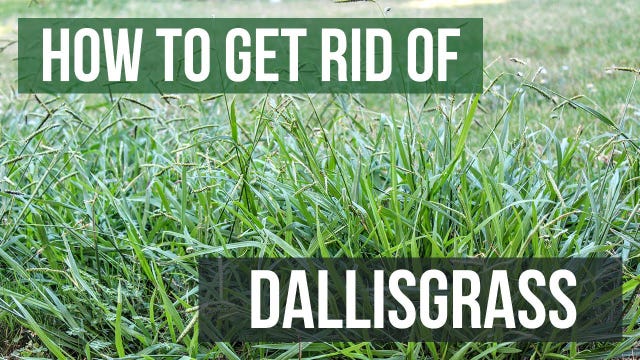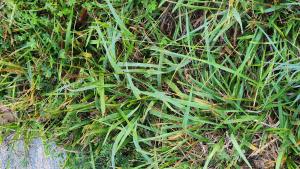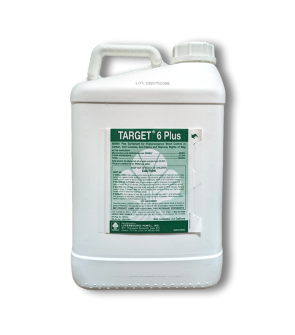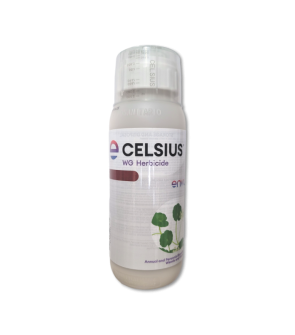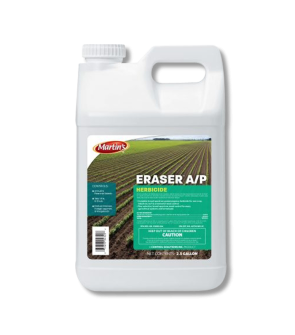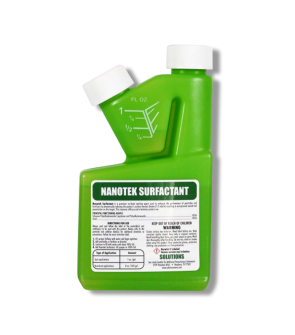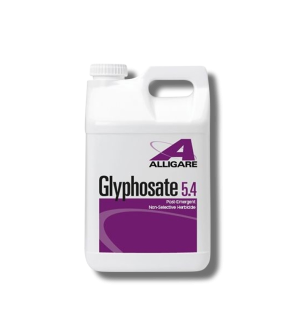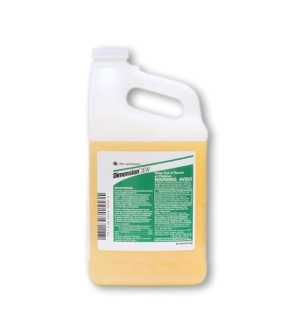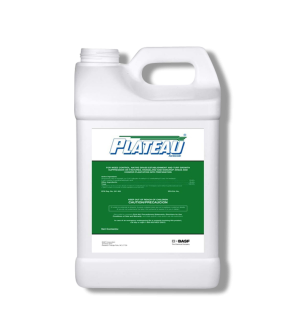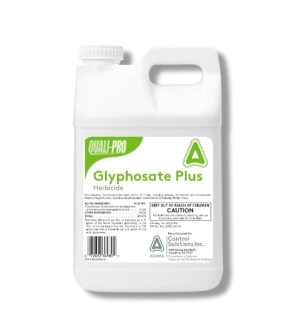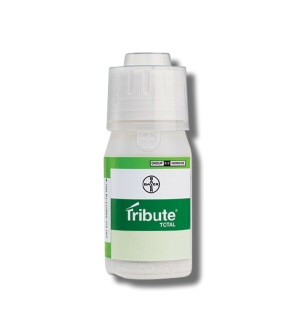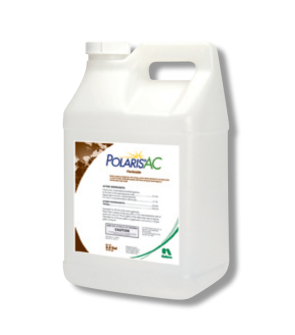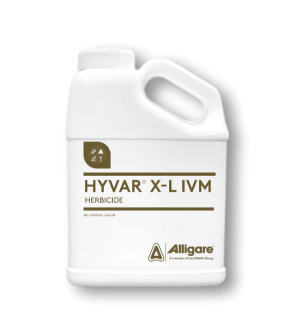Gain access to personalized product screening, the best pricing, rewards, and more!
Most Effective Products
Dallisgrass Control: How To Get Rid of Dallisgrass
This page is a general DIY guide for controlling dallisgrass. Using the recommended products and methods, you can control dallisgrass. Follow this DIY article and use the recommended products; we guarantee 100% control of dallisgrass.
Dallisgrass, also called paspalum, sticky heads, Dallas grass, or water grass, is a grassy weed that appears during the warmer parts of the year. The plant is named after Georgia farmer A.T. Dallis, who was a big supporter of the plant and brought it onto his pastures in the late 1800s. Little did he know that his name would be attached to a hated invasive weed that drives landowners crazy due to its hard control.
Dallisgrass is a troublesome perennial weed, meaning that it will come back from its roots year after year. It invades all types of turf grass: Bermuda, St. Augustine, Zoysia, and buffalograss. They are all unable to withstand its assault.
One of the big reasons dallisgrass tends to thrive is soil compaction. If there is a lot of foot traffic, your desired grass could get beat down, while dallisgrass may thrive in the same conditions.
Dallisgrass control requires persistence, or this unsightly grassy weed will become the turfgrass of your nightmares. Our simple DIY dallisgrass treatment guide will show you how to remove this terrible weed from your lawn.
Follow the step-by-step instructions below using the recommended herbicides to the right, and your lawn will be free of dallisgrass in no time.
Identification

Before moving forward with a treatment program, you will need to properly identify Dallisgrass by knowing what it looks like. Misidentifying dallisgrass can lead to using the wrong herbicides, costing you time and money. Here are some traits to look out for when identifying dallisgrass:
- Dallisgrass can be identified by its distinguishing clump, which gradually grows circularly. Unlike most grasses, which grow in clumps and bunches,
- Dallisgrass stands out due to its short rhizomes that increase the diameter of the plant and store carbohydrates.
- The way dallisgrass grows makes controlling it frustratingly hard as the grass may avoid being chopped down by a lawnmower, and they can be hard to pull out of the grass because of the thick and fibrous roots, which can reach down to 1 meter deep in the soil.
- Dallisgrass is similar to crabgrass, and each weed can easily be confused with one another. An easy way to know you have dallisgrass vs. crabgrass is to notice its growth pattern. Dallisgrass will grow in solid, circular clumps, whereas crabgrass grows in a pointed, upright, wide pattern. For a physical reference, look at the image above. On the left is dallisgrass and on the right is crabgrass.
Use the above description and images to help you identify dallisgrass on your lawn. If you are unsure whether the plant is dallisgrass, contact us with a photo of the plant, and we will properly identify the weed for you and give you the proper product recommendations.
Inspection
After you have confirmed that the weed you are encountering is dallisgrass, you can proceed with the inspection. During this phase, you will need to pinpoint the areas where dallisgrass is concentrated and the area's conditions. This will help you determine where to focus your herbicide treatment.
Where to Inspect
Walk around your lawn, observe where dallisgrass is concentrated, and determine how big of an infestation you have on your lawn. Dallisgrass grows especially around areas that are warm and moist during the summertime.
What To Look For
Search for outbreaks of dallisgrass weed. The weed appears in star-like clumps with seed stalks with three to five finger-like segments covered with fine, silken hairs.
Treatment
When handling any herbicide, make sure you are properly protecting your skin and eyes with the proper personal protective equipment (PPE).
Chemical options are your best bet to get rid of dallisgrass, especially if you have a large outbreak that will be time-consuming and take too much work to dig out.
If you’re in the southern United States with warm-season grasses, we recommend Celsius WG Herbicide. This herbicide offers the selective control of weeds like dallisgrass in warm-season turf.
To treat dallisgrass in professional non-residential areas like sod farms or gold courses, use MSMA Target 6 Plus Herbicide. Keep in mind that MSMA Target 6 Plus Herbicide already contains a surfactant, so it's not necessary to add any additional products to the tank.
Step 1: Mix and Apply Herbicide

To control dallisgrass with Celsius WG, perform a spot treatment. Apply 0.085 oz. or 2.4 grams of Celsius WG per 1 gallon of water per 1,000 sq. ft.
To enhance Celsius WG efficacy, mix in a surfactant like Nanotek. Nanotek Surfactant is a non-herbicide product designed to improve the adhesion and penetration of pesticides onto treated surfaces.
Add 1 fluid ounce of Nanotek Surfactant per 1 gallon of solution you have made.
Dallisgrass is best controlled with two spot applications of Celsius WG.
To get rid of dallisgrass with MSMA Target 6 Plus Herbicide, mix 1 fl. oz. with 1 to 2 1/2 gallons of water per 1,000 sq. ft.
For either of these products, you will need to mix and apply your herbicide with a handheld pump sprayer or backpack sprayer.
To mix, fill your sprayer tank with half the amount of water and add the proper amount of herbicide. Next, pour in the remaining half of the water and secure the lid. Agitate the sprayer's contents until it has dissolved completely in the water.
Step 2: Follow-Up Treatment
Spot-treat any weed you’ve found during your inspection. Use a fan or cone spray pattern to ensure the leaves are fully coated, and spray the weed to the point of wet but not runoff.
Be sure to spray on calm days when temperatures are not too hot and when wind speeds are low to minimize drift.
When applied properly, affected weeds will turn yellow and begin to die. Conduct follow-up applications as necessary.
A reapplication with Celsius WG may be made after 2 to 4 weeks from the first treatment.
Reapplications with MSMA Target 6 Plus Herbicide can range from 1 to 3 weeks. However, these applications are more restricted, so it would be best to read the product’s label thoroughly before use.
Prevention
Once dallisgrass has been eliminated from your property, you will need to implement preventative measures to ensure that it does not return.
- To prevent dallisgrass from returning to your property, we recommend applying a pre-emergent herbicide before the weeds appear. Dimension 2EW Herbicide is a concentrated pre-emergent that will create a chemical barrier in the soil. However, only dallisgrass in its seedling stage will be controlled with this product. Add 0.73 fl. oz. of Dimension 2EW Herbicide per 1 gallon of water per 1,000 sq. ft. Mix and apply this product with a handheld pump sprayer or backpack sprayer. Once mixed, broadcast the solution over the treatment area. After 6 hours, water the treated area with half an inch of irrigation.
- In addition to pre-emergents, regular lawn maintenance will help your chances of keeping dallisgrass away. Ensure your yard is healthy and densely planted with turf and regular seasonal fertilizer. Mow your lawn at 3 to 4 inches higher to help your turf better resist a reinvasion of dallisgrass.
Key Takeaways
What is Dallisgrass?
- Dallisgrass is a perennial grassy weed that forms large clumps and can rapidly spread over an entire lawn.
How To Get Rid of Dallisgrass
- We recommend using Celsius WG to kill dallisgrass. Professional applicators should use MSMA Target 6 Herbicide. You may also add in a surfactant to the Celsius WG solution to increase its rate of control. MSMA Target 6 Plus Herbicide already contains a surfactant so its not necessary to add it into the solution.
Preventing Dallisgrass Reinfestation
- Preventative measures for dallisgrass include applying Dimension 2EW Herbicide in the early spring to stop weed seeds from growing and ensuring your yard has a dense, thick stand of grass that will choke out any opportunity for Dallisgrass to re-establish.
Photos were not helpful in identifying Dgrass.






